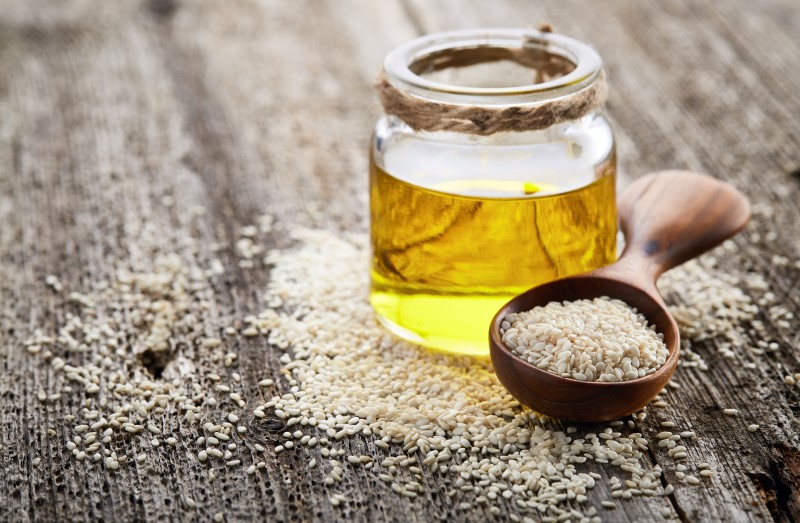Sesame (Sesamum indicum L.) is one of the earliest human production and consumption oil crops in the family of Pedaliaceae, rape, soybean, and peanuts, known as China’s four major oil crops. Due to its highly aromatic odor and mellow flavor, sesame is extensively produced and well-liked. Sesame can be divided into three categories based on[Read…]
Collagen constitutes one-third of the total protein in humans and is the most abundant form of structural protein in the body. Collagen has a structure that is similar to a rope. The collagen triple helix is made up of three chains that spiral around one another. These constituent parts combine to form collagen fibrils, which[Read…]
POMEGRANATE EXTRACT The pomegranate (Punica granatum L.), belonging to Punica L. genus, Punicaceae family, is an ancient fruit native to Central Asia in regions spanning from Iran and Turkmenistan to northern India as well as in the Mediterranean area and the Middle East. Pomegranate and its components have been shown in studies conducted over the[Read…]
THE ROLE OF CALCIUM AND VITAMIN D Calcium Calcium is the most abundant mineral in the body. Approximately 1.2 kg (equivalent to about 300 mmol) is contained within the human body, with 99% of this calcium being located within the bones and teeth. Calcium is also located in body fluids and soft tissues. It has[Read…]
Health Benefits of Aloe Vera Extract Aloe vera (Aloe barbadensis Miller, family Xanthorrhoeaceae) is a perennial green herb that grows in hot, dry regions of North Africa, the Middle East of Asia, the Southern Mediterranean, and the Canary Islands. It has vivid yellow tubular flowers. The colorless mucilaginous gel from aloe vera leaves has been[Read…]
TURMERIC Turmeric (Curcuma longa) is a perennial herbaceous plant of the ginger family (Zingiberaceae). Although it has more than 300 active components, the primary biologically active component forming the basis for the medicinal properties of this plant is a material taken from its root that has the feature of being a yellow or orange pigment.[Read…]
GRAPE SEED EXTRACT Grape seed extract (GSE) is having abundant source of polyphenols. Polyphenols and flavonoids present in the GSE have been shown remarkable interest based on positive reports of their antioxidant properties and ability to serve as free radical scavengers. In comparison to other well-known antioxidants (such vitamin C, vitamin E, and β-carotene), grape[Read…]
SOY PROTEIN Soybeans are not only higher in protein than other legumes but the quality of soy protein is superior to that of other plant proteins and relatively similar to that of animal proteins [1]. Soybeans are one of the few vegetarian sources of total protein containing all of the essential amino acids required in[Read…]
Lecithin is a complex mixture of phospholipids found mainly in egg yolks, soy, and cole seeds. Phospholipids such as phosphatidylcholine, phosphatidylethanolamine, phosphatidylinositol, phosphatidylserine, and phosphatidyl glycerol compose the lipid bilayer of the cellular membrane structure. The energy needed for membrane biogenesis is stored in membrane lipids. The matrix of cellular[Read…]
Rice bran is the outer brown layer of the rice grain. A paddy grain’s basic components include fiber, lipids, amino acids as well as a variety of vitamins and minerals. This nutritionally rich bran is obtained as a by-product of the rice milling process. The oil extracted from this bran is called rice bran oil[Read…]










